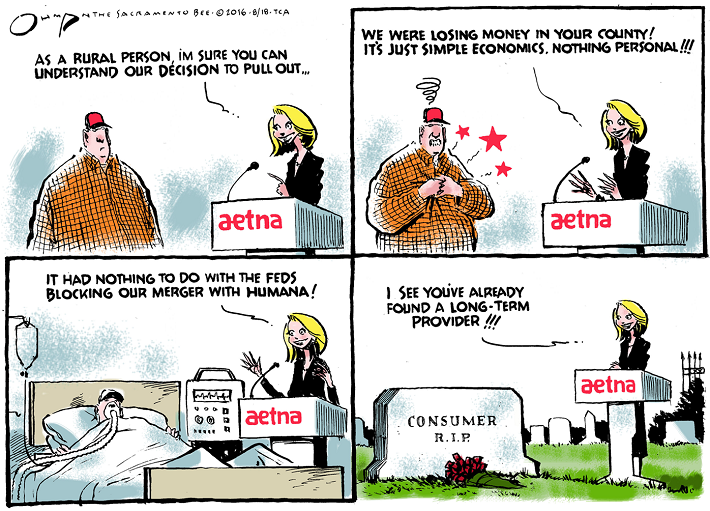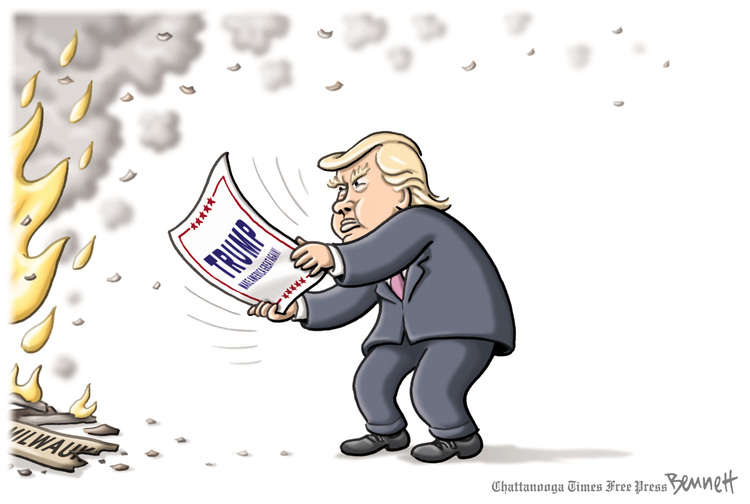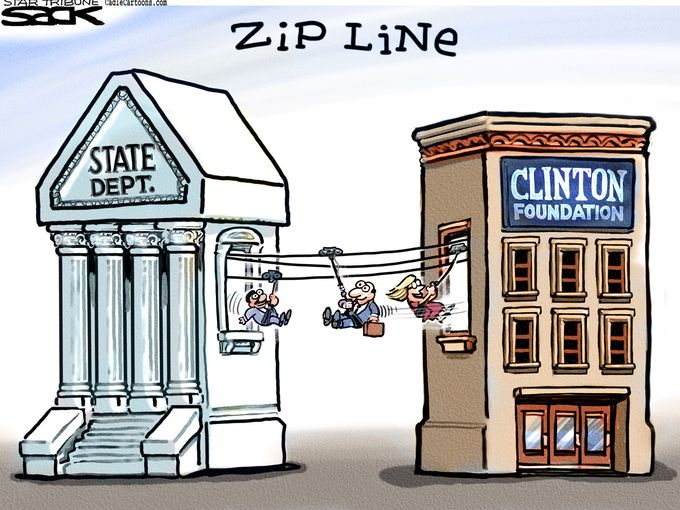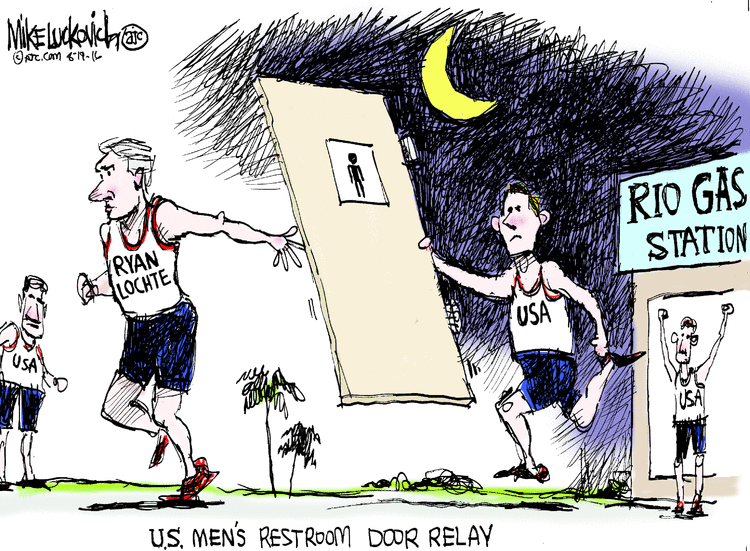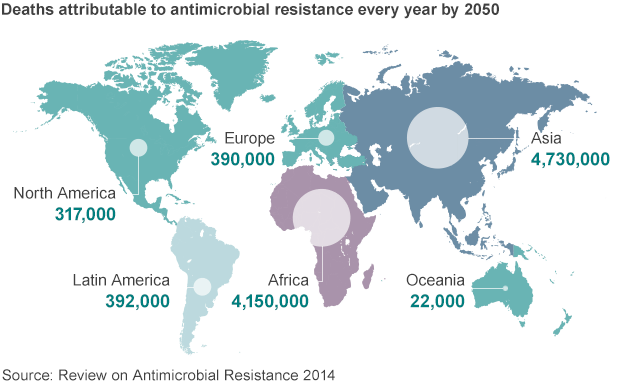The Republican’s effort to repeal and (maybe) replace the Affordable Care Act (ACA) began today. From NPR:
Opening punches were thrown in what one top Democrat today called “the first big fight” of the new congressional year – the promise by President-elect Donald Trump and GOP lawmakers to repeal and replace the Affordable Care Act.
The Obamacare debate is political and ideological, and it obscures a hard truth about healthcare in America. Historically, we spend more money than any other country on healthcare.
In the late 1990s, the US spent roughly 13% of its GDP on healthcare, compared to about a 9.5% average for all high income countries. However, the difference has steadily increased. Last year, as the ACA continued to roll out, healthcare costs hit 17.5% of GDP, the highest ever. That’s $9,695 per person.
We spend over $3 trillion on healthcare annually, and that rate of spending is expected to accelerate over the next decade. With all the debate about Obamacare, and what should replace it if it is repealed, we are ignoring what healthcare costs in the US, relative to other high income countries. It may surprise you that America doesn’t have better care than other high income countries, if we compare life expectancy to per capita health expenditures:
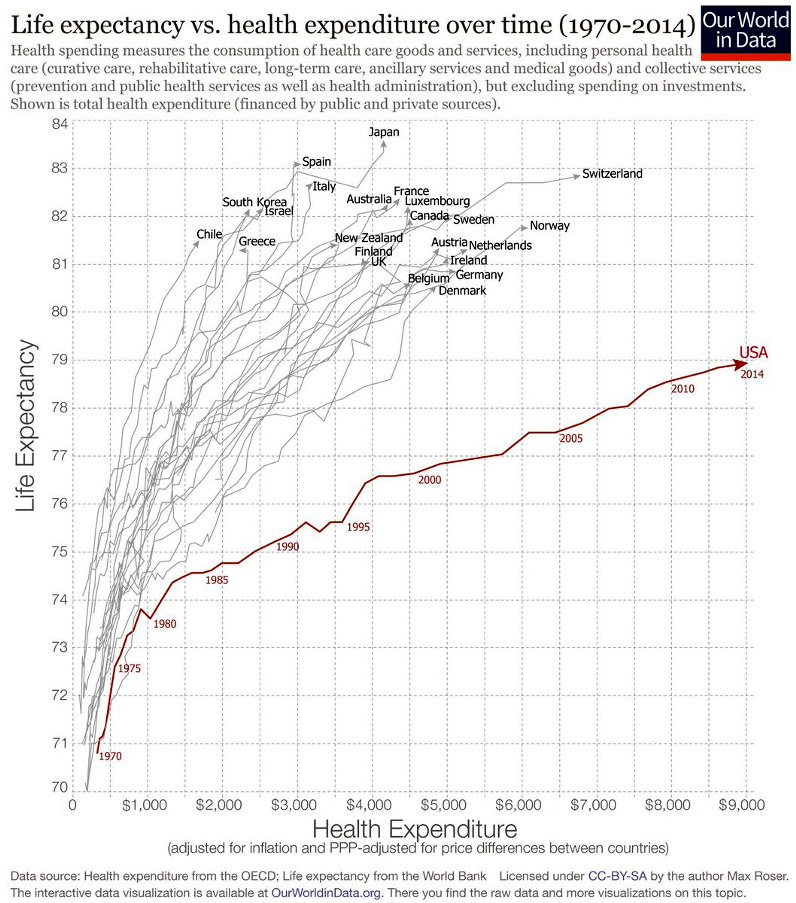
Source: Visual Capitalist
Americans spend more money, but do not receive similar results to other countries using the basic metric of life expectancy. Whilst we have fantastic services, like Functional Medicine Clarksville TN for instance, accessibility to these services varies greatly. The chart shows that the divergence started before 1980, and it widens all the way to 2014. While the 2015 statistics are not plotted on this chart, but we know that the healthcare expense in 2015 was 17.5% of GDP, so the divergence is likely to continue to widen.
The conclusion is that while our healthcare spending is considerably higher than in other high income countries, it’s also relatively less effective. If America spent more money and got the same results, we might say that our system is unique, but it produces similar outcomes, so let’s keep it the way it is.
But in fact, Americans on average live shorter lives than people in other high income countries. In fact, life expectancy went down in 2015:
The overall death rate for Americans increased because mortality from heart disease and stroke increased after declining for years. Deaths were also up from Alzheimer’s disease, respiratory disease, kidney disease and diabetes. More Americans also died from unintentional injuries and suicide.
We have a broken political system, one that cannot deal with the root cause of our expensive healthcare, or the fact that our healthcare system simply doesn’t produce the results that others can.
Despite the talk by Republicans about Obamacare being socialized medicine, our system is private, with the exception of the health insurance provided by Medicare and Medicaid. Our insurance companies are private, our physicians (like those at Southwest Care) and providers are private.
By some estimates, the private multi-payer system in the US adds $0.38 for every dollar spent to cover the profits and the discreet management organizations that exist in our multi-payer system. The problem is that there is so much money (over $1 trillion) going to the private players, that they will fight like hell to keep the system as it is.
And they have the lobbying funds available to fight to keep the status quo. Thus, we will continue to deal with excessive costs regardless of no Obamacare, or some jury-rigged GOP Obamacare replacement.
In our Exceptional system, the fact is that even though you pay for health insurance, you are not the actual customer. When you go to the doctor or to the hospital, you are not the actual customer. The Insurance companies are the true customers of the doctors and the hospitals, and for the insurance companies, their shareholders are the true customers.
And before you question the statistics, saying for example, that the US counts infant deaths differently than they do in other countries, the infant death rate in the US is about 0.5% of births, and with about 4 million births in the US that translates into about 20,000 infant deaths. If you remove 20,000 people assigning them a life span of zero, in a country of 320 million people, the overall average life expectancy rises by only 1.81 days (43.4 hours). That is the statistical life span increase assuming we had zero infant deaths. (Please check Wrongo’s math).
Higher infant death rates have virtually no effect on the results shown on the chart.
Remember: Whomever is getting that extra $1 Trillion dollars every year has a trillion reasons why they should keep getting it.

